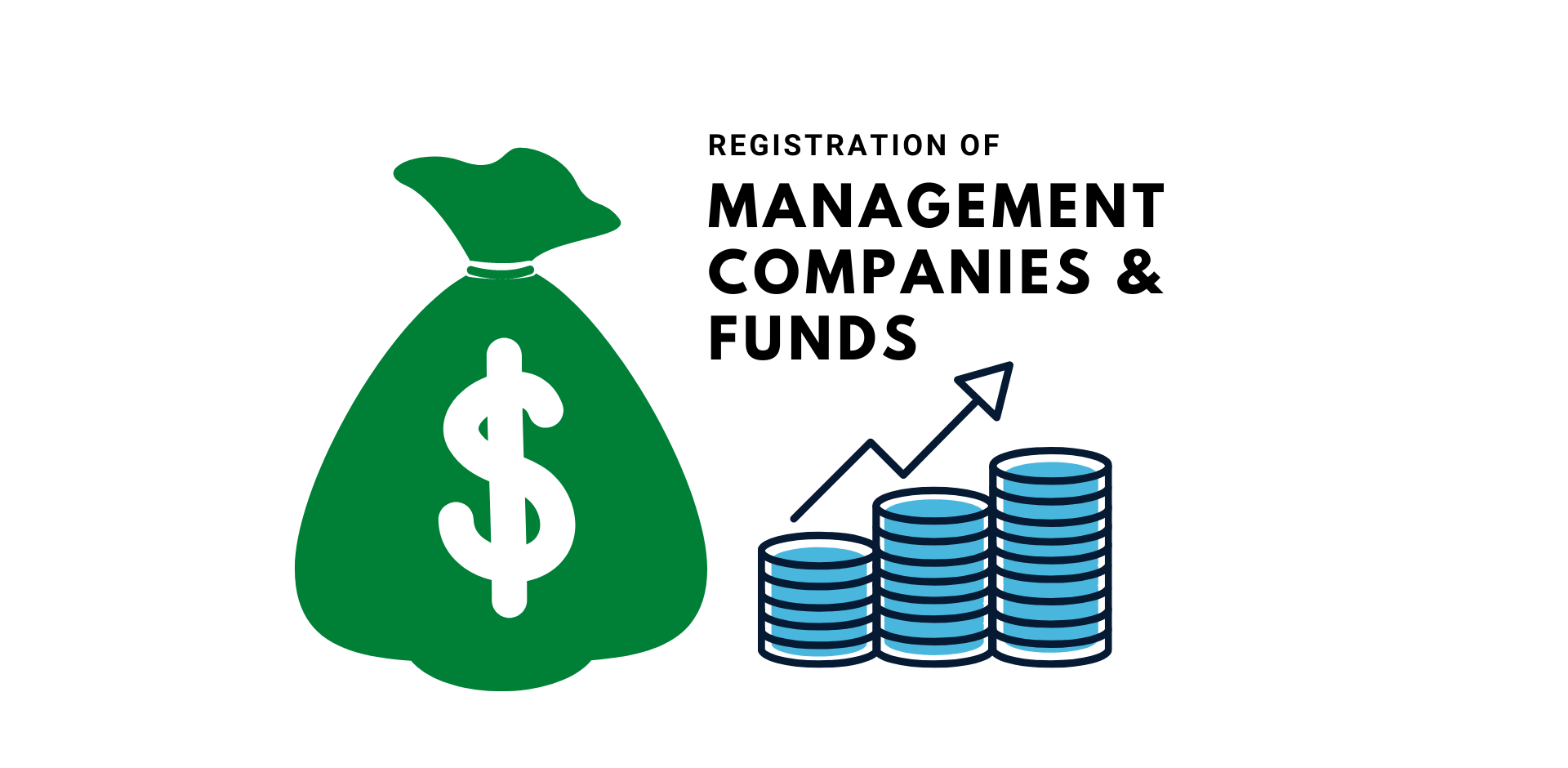Legal Instruments Applied to Crypto-Assets and Related Activities Under EU Law
This article has presented some of the key legal instruments applicable to crypto-assets and related activities under European financial law and highlighted the challenges in enforcing existing rules for fluid, constantly evolving and potentially short-lived financial applications based on DLTs.

Three General Token Categories
From a conceptual and methodological perspective, European authorities determine the legal treatment of tokens by classifying them into general categories: payment, investment and utility, associated with different, specific functions. These three categories, which are intended to separate crypto-assets into specific regulatory areas, should be considered as archetypes, while existing tokens usually combine multiple functions (hybrid tokens) and have fluid characteristics. While this classification is important, it does not obviate the need to take a case-by-case approach to assessing the risks and regulatory regimes for crypto-assets.

Investment and Payment Tokens
Crypto-assets classified as investment instruments or electronic money fall within the scope of European financial regulations. In particular, tokens with an investment component are subject to the requirements for issuance and trading of securities, while the rules for electronic money and payment service providers apply to payment tokens.
However, such a simplified regime has several drawbacks. Attempts to bring investments in crypto-assets under existing security and investor protection regimes are justified by concrete risks, but existing requirements do not always fit the characteristics of companies and start-ups in the blockchain industry, their technical and operational processes, as well as their inherent incentive schemes.
On the one hand, some concepts and requirements related to DLT need to be better defined and understood; for example, what is meant by "custody or safekeeping of cryptoassets" should be clarified. On the other hand, the application of existing requirements is likely to be hampered by enforcement issues arising from decentralization, international nature and non-incorporation of entities.

Utility Tokens
Finally, not all tokens may be covered by existing legal regimes due to their specific functions. This is the case with crypto-assets, commonly referred to as utility tokens. To fill the legal vacuum, some EU Member States have introduced tailored legal regimes to provide a coherent, comprehensive legal framework for the growing industry.
However, a fundamental problem remains: The line between security, payment and utility tokens is blurred. Legal regimes may overlap or follow one another at different stages of the token lifecycle. For this reason, legal uncertainty remains a major concern, as tokens are functional components of evolving, innovative solutions that can hardly be reduced to pre-existing classes or defined a priori.
Beyond these drawbacks in the applicability of existing regulations, a normative stance on the regulation of blockchain-based financial applications must also take into account the socioeconomic dynamics that are shaping and reshaping these technologies and align them with the policy goals that regulation seeks to achieve. The question of how existing regulatory requirements and safeguards should be applied within the DLT ecosystem is primarily a question of the role of the various actors involved in that system.

Conclusion
Notwithstanding its decentralized, open-source roots, the crypto-asset market has been rapidly populated by a host of new intermediaries and financial service providers, i.e., exchanges, custodial providers, cryptocurrency landing platforms, remittance services, mutual fund managers-whose business models and organizational/technological arrangements may not allow them to be captured by current legal definitions and/or evade regulatory regimes. Against this backdrop, regulation of blockchain-based financial applications must not only be about combating illegal conduct, but also about balancing the conflicting interests at stake and preventing influential actors from exploiting legal loopholes and institutional failures.
The regulatory and technical enforcement challenges posed by DLTs epitomize a broader, ongoing struggle between technological innovation and legal compliance. The regulatory attempts registered to date demonstrate that regulation plays an important role in guiding the evolution of the technology: the practices it enables, its geography, and its public acceptance. However, establishing a regulatory framework for emerging blockchain-based financial technologies is not an easy task, as there are numerous, conflicting factors to consider.
The principle of technology neutrality mandates treating "like businesses under the same rules. At the same time, however, recognition of the (alleged) social and economic potential of DLTs is pushing policymakers (who are themselves attracted by the profit opportunities) to exempt innovative companies from burdensome legal obligations that apply to older types of economic actors.

Contact Us and Apply for a Crypto License in Estonia
Specialists from AlphaLAW will be happy to help you obtaining a cryptocurrency license in Estonia. Our assistance includes the preparation of the list of required documents, help in developing company procedural rules, translation of documents into Estonian/English and support throughout the whole licensing process.
In case you have any questions or are interested in obtaining an Estonian license to exchange cryptocurrencies and other virtual assets for a fiat currency (crypto license in Estonia), please contact us through the following communication channels.






